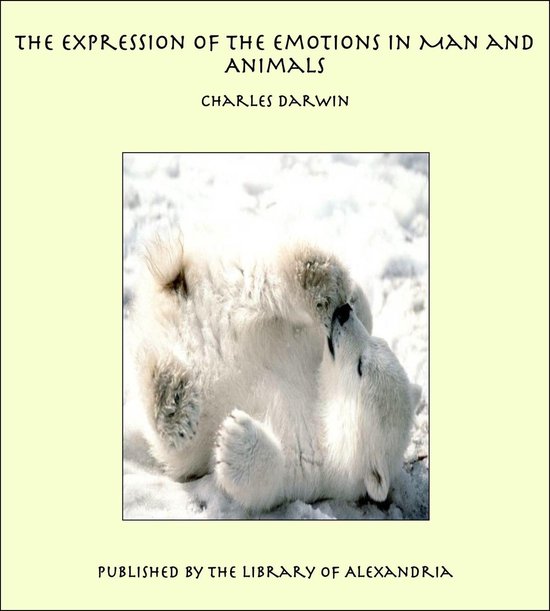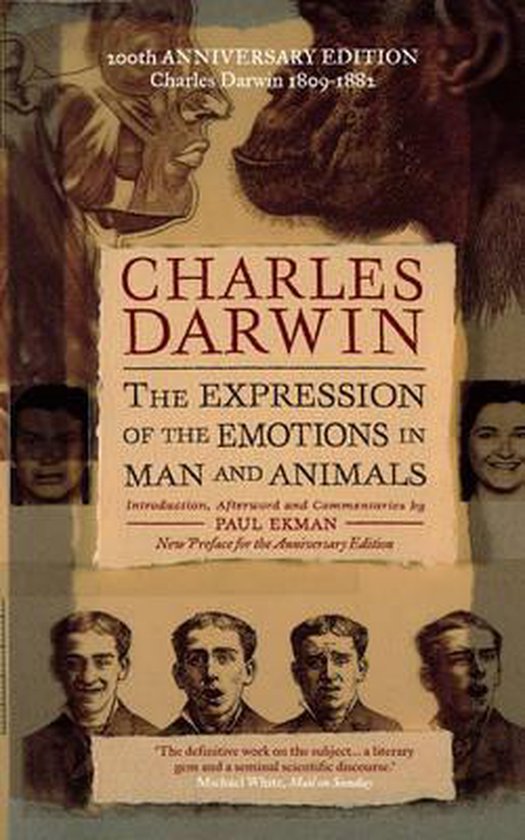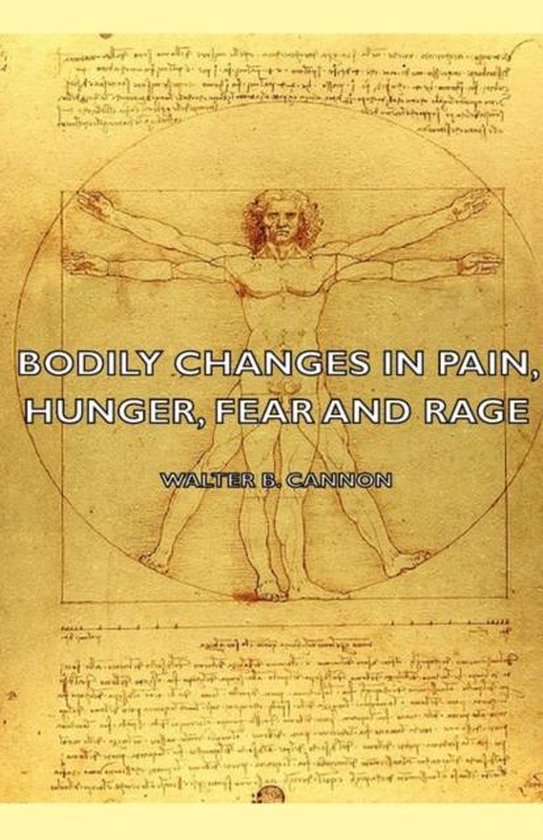
The Expression of the Emotions in Man and Animals
MANY works have been written on Expression, but a greater number on Physiognomy,—that is, on the recognition of character through the study of the permanent form of the features. With this latter subject I am not here concerned. The older treatises, which I have consulted, have been of little or no service to me. The famous 'Conferences' of the painter Le Brun, published in 1667, is the best known ancient work, and contains some good remarks. another somewhat old essay, namely, the 'Discours,' delivered 1774-1782, by the well-known Dutch anatomist Camper, can hardly be considered as having made any marked advance in the subject. The following works, on the contrary, deserve the fullest consideration. Sir Charles Bell, so illustrious for his discoveries in physiology, published in 1806 the first edition, and in the third edition of his 'Anatomy and Philosophy of Expression.' He may with justice be said, not only to have laid the foundations of the subject as a branch of science, but to have built up a noble structure. His work is in every way deeply interesting; it includes graphic descriptions of the various emotions, and is admirably illustrated. It is generally admitted that his service consists chiefly in having shown the intimate relation which exists between the movements of expression and those of respiration. One of the most important points, small as it may at first appear, is that the muscles round the eyes are involuntarily contracted during violent expiratory efforts, in order to protect these delicate organs from the pressure of the blood. This fact, which has been fully investigated for me with the greatest kindness by Professors Donders of Utrecht, throws, as we shall hereafter see, a flood of light on several of the most important expressions of the human countenance. The merits of Sir C. Bell's work have been undervalued or quite ignored by several foreign writers, but have been fully admitted by some, for instance by M. Lemoine, who with great justice says:—"Le livre de Ch. Bell devrait etre medite par quiconque essaye de faire parler le visage de l'homme, par les philosophes aussi bien que par les artistes, car, sous une apparence plus legere et sous le pretexte de l'esthetique, c'est un des plus beaux monuments de la science des rapports du physique et du moral." From reasons which will presently be assigned, Sir C. Bell did not attempt to follow out his views as far as they might have been carried. He does not try to explain why different muscles are brought into action under different emotions; why, for instance, the inner ends of the eyebrows are raised, and the corners of the mouth depressed, by a person suffering from grief or anxiety. In 1807 M. Moreau edited an edition of Lavater on Physiognomy, in which he incorporated several of his own essays, containing excellent descriptions of the movements of the facial muscles, together with many valuable remarks. He throws, however, very little light on the philosophy of the subject. For instance, M. Moreau, in speaking of the act of frowning, that is, of the contraction of the muscle called by French writers the soucilier (corrigator supercilii), remarks with truth:—"Cette action des sourciliers est un des symptomes les plus tranches de l'expression des affections penibles ou concentrees." He then adds that these muscles, from their attachment and position, are fitted "a resserrer, a concentrer les principaux traits de la face, comme il convient dans toutes ces passions vraiment oppressives ou profondes, dans ces affections dont le sentiment semble porter l'organisation a revenir sur elle-meme, a se contracter et a s'amoindrir, comme pour offrir moins de prise et de surface a des impressions redoutables ou importunes." He who thinks that remarks of this kind throw any light on the meaning or origin of the different expressions, takes a very different view of the subject to what I do
| Auteur | | Charles Darwin |
| Taal | | Engels |
| Type | | E-book |
| Categorie | | Wetenschap & Natuur |




